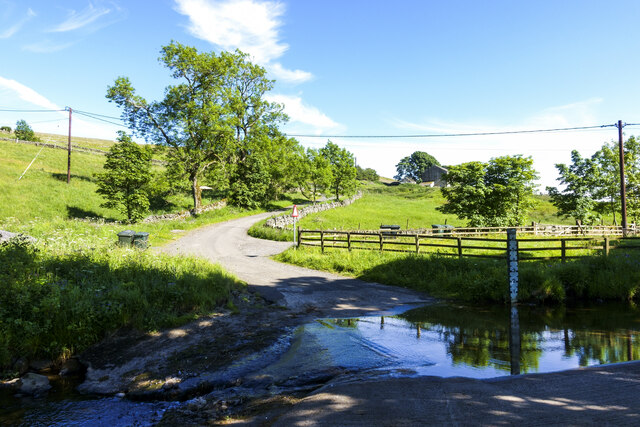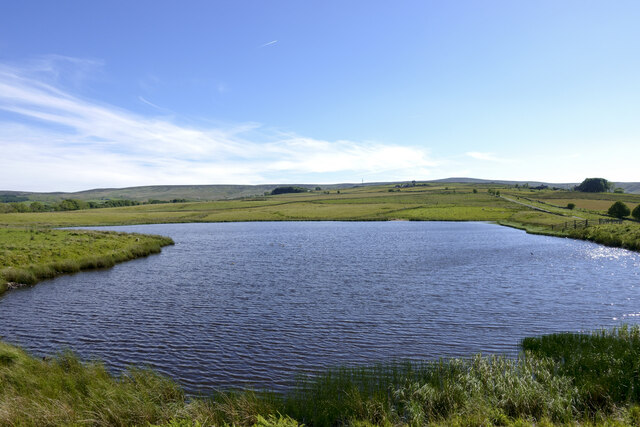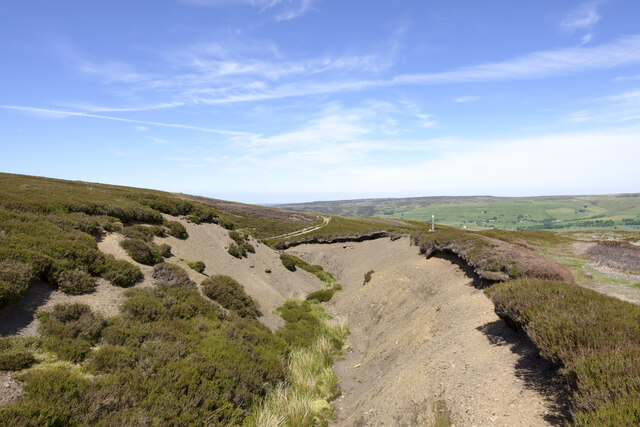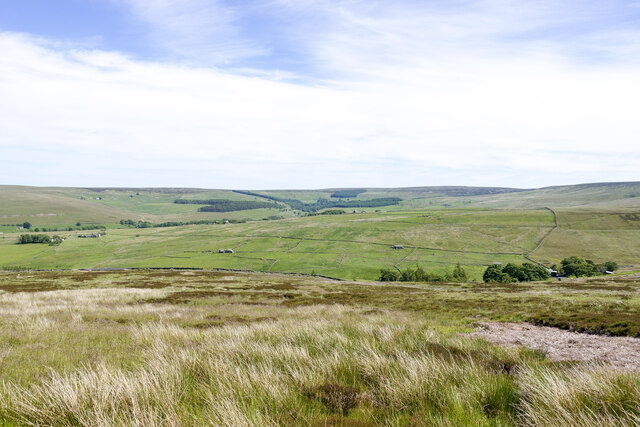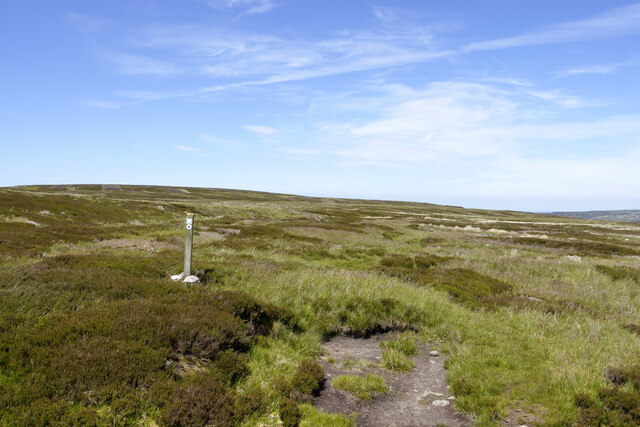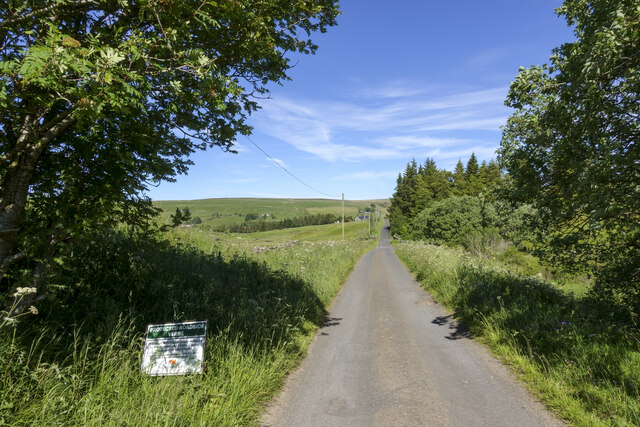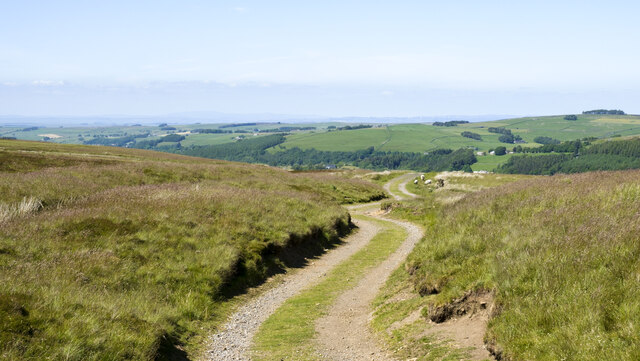Swin Hope
Valley in Northumberland
England
Swin Hope
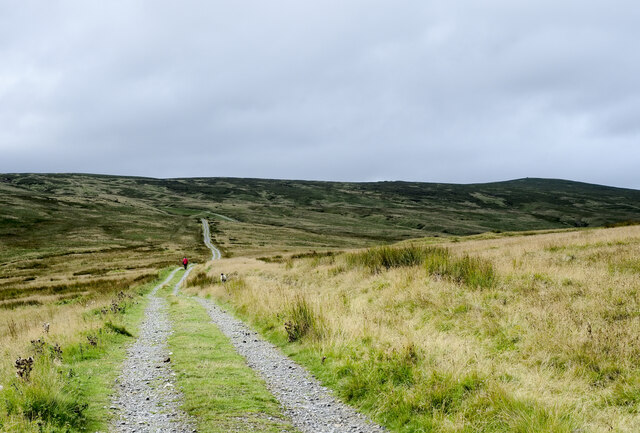
Swin Hope is a small valley located in Northumberland, a county in the northeast of England. Nestled amidst the picturesque landscape of the North Pennines Area of Outstanding Natural Beauty, Swin Hope offers a tranquil and idyllic setting for nature enthusiasts and outdoor adventurers.
The valley is characterized by its lush green meadows, rolling hills, and meandering streams that flow through its heart. It is surrounded by dense woodlands, providing a habitat for a diverse range of flora and fauna, making it a haven for wildlife lovers. Swin Hope is particularly known for its rich birdlife, with species such as red grouse, skylarks, and curlews being commonly spotted.
The area is also known for its ancient history, with evidence of human presence dating back thousands of years. The remains of prehistoric settlements and burial mounds can be found scattered throughout the valley, offering insights into the region's past.
Swin Hope attracts visitors seeking outdoor activities, including hiking, cycling, and birdwatching. The valley is crisscrossed by well-maintained trails, providing ample opportunities to explore its natural beauty. Additionally, the nearby Swinburne Castle ruins offer a glimpse into the area's architectural heritage.
Although Swin Hope is relatively secluded, it is within easy reach of nearby towns and villages, including Hexham and Haltwhistle, where visitors can find amenities such as accommodations, restaurants, and shops.
Overall, Swin Hope is a hidden gem in Northumberland, offering a peaceful retreat for those seeking to immerse themselves in nature and discover the rich history of this beautiful region.
If you have any feedback on the listing, please let us know in the comments section below.
Swin Hope Images
Images are sourced within 2km of 54.820843/-2.2604462 or Grid Reference NY8347. Thanks to Geograph Open Source API. All images are credited.
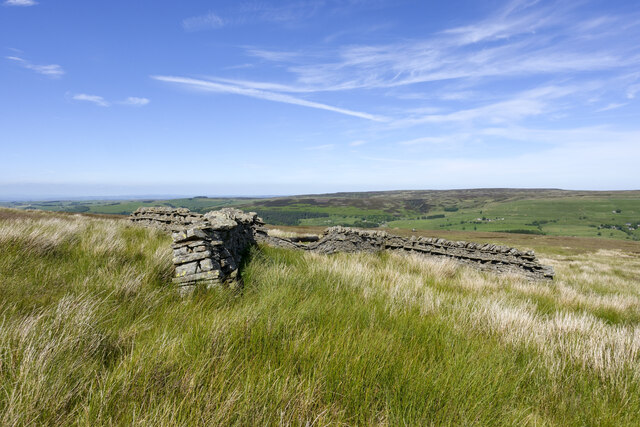
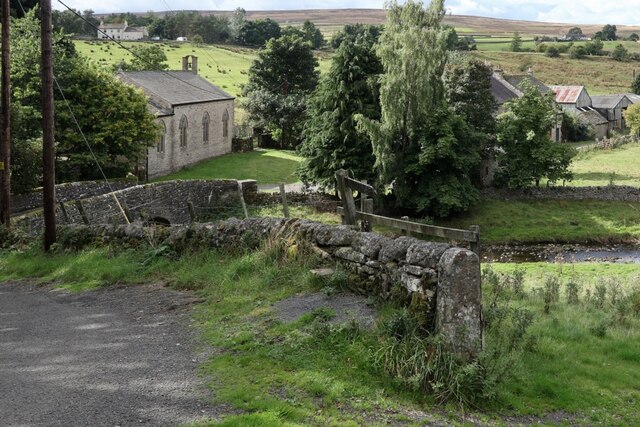
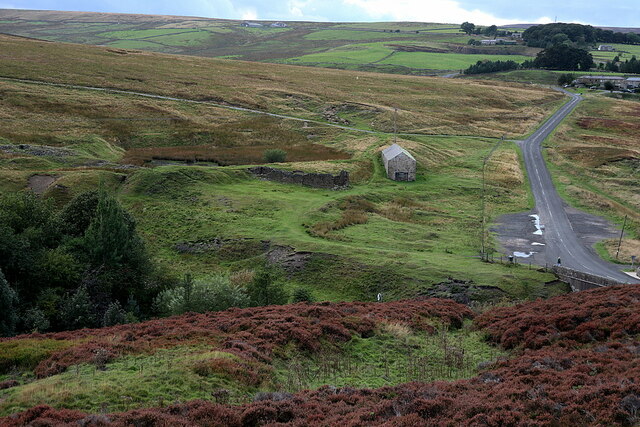
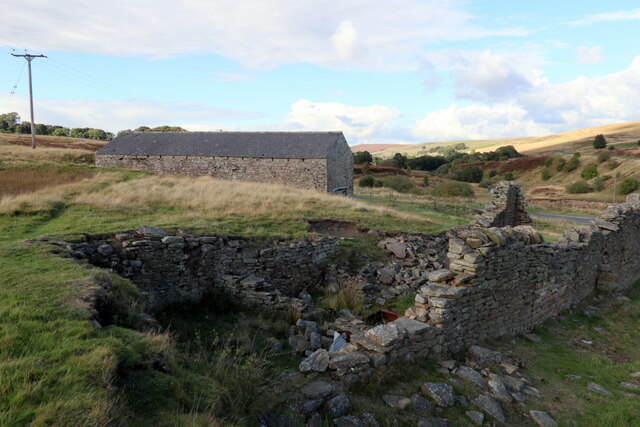
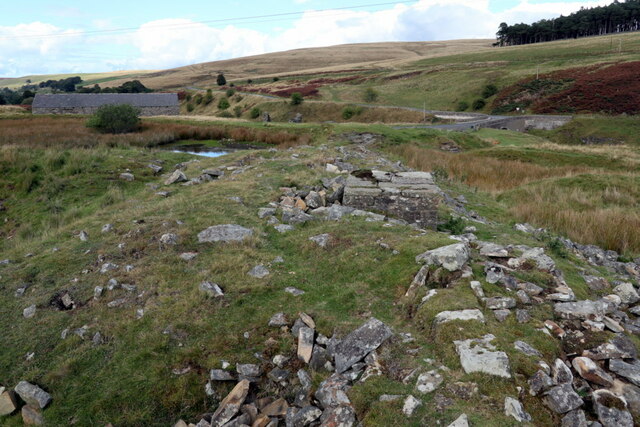
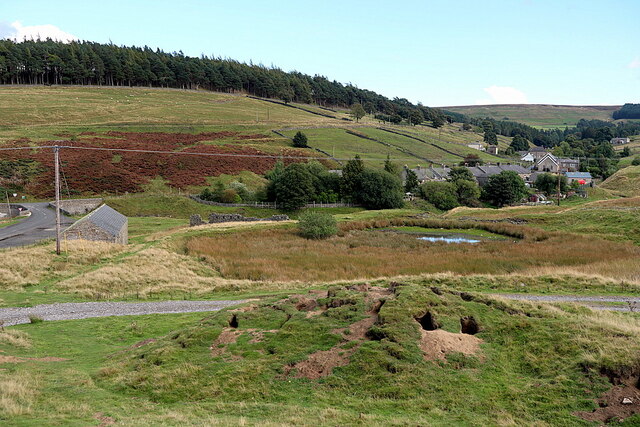
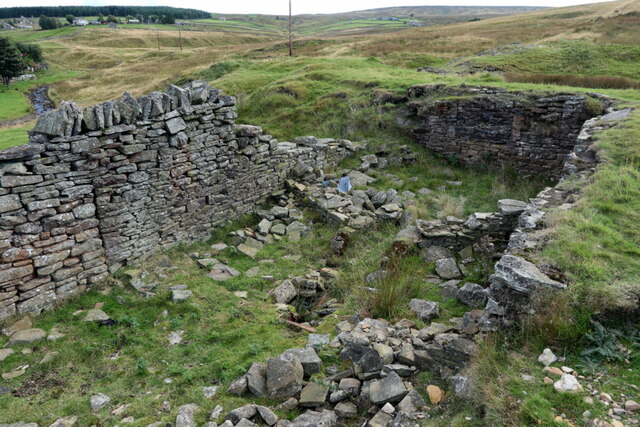
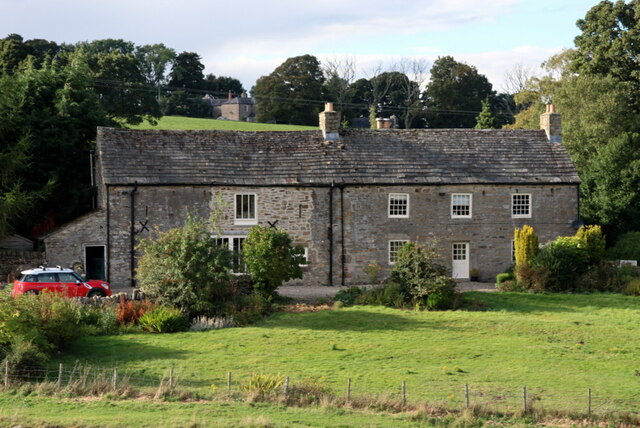
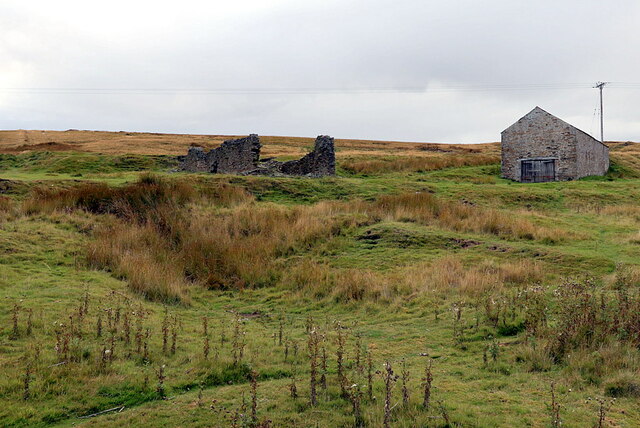
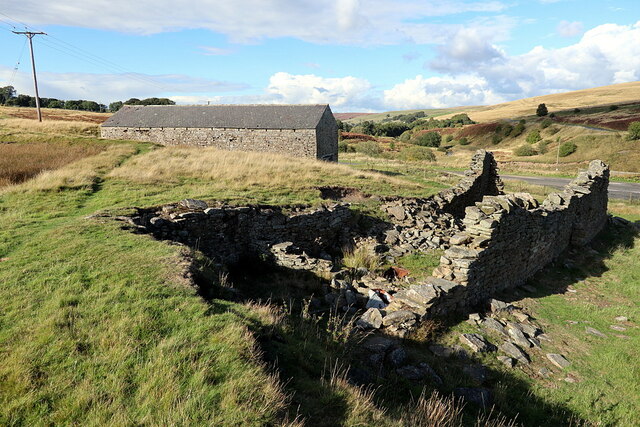
Swin Hope is located at Grid Ref: NY8347 (Lat: 54.820843, Lng: -2.2604462)
Unitary Authority: Northumberland
Police Authority: Northumbria
What 3 Words
///narrowest.dozens.shampoo. Near Alston, Cumbria
Nearby Locations
Related Wikis
Allendale Moors
Allendale Moors is a Site of Special Scientific Interest (SSSI) in Northumberland, England. The upland moorland ridge site is listed for its heath, flush...
Allenheads
Allenheads is a former mining village in the Pennines to the north of Weardale in Northumberland, England. Lead extraction was the settlement's industry...
Carr Shield
Carrshield is a village in Northumberland, in England. It is situated in the Pennines approximately between Penrith and Hexham. It is a small village with...
Coalcleugh
Coalcleugh is a hamlet in Northumberland, England. It is situated in the Pennines between Penrith and Hexham. In the past it was well known as a lead mining...
Nearby Amenities
Located within 500m of 54.820843,-2.2604462Have you been to Swin Hope?
Leave your review of Swin Hope below (or comments, questions and feedback).
